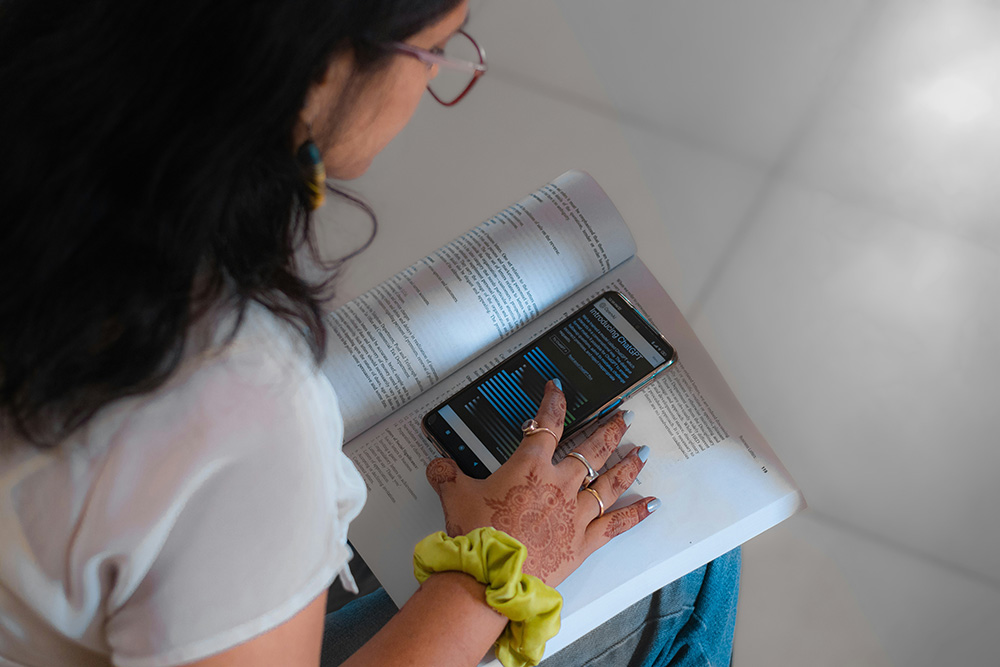In the spring semester of 2024, Prof. Dr. Oliver Bendel will integrate virtual tutors into his courses at the FHNW. These are “custom versions of ChatGPT”, so-called GPTs. Social Robotics Girl is available for the elective modules on social robotics, and Digital Ethics Girl for the compulsory modules “Ethik und Recht” and “Ethics and Law” within the Wirtschaftsinformatik and Business Information Technology degree programmes (FHNW School of Business) and “Recht und Ethik” within Geomatics (FHNW School of Architecture, Civil Engineering and Geomatics). The virtual tutors have the “world knowledge” of GPT-4, but also the specific expertise of the technology philosopher and business information systems scientist from Zurich. A quarter of a century ago, he worked on his doctoral thesis at the University of St. Gallen on pedagogical agents, i.e., chatbots, voice assistants, and early forms of social robots in the learning sector. Together with Stefanie Hauske from the ZHAW, he recently wrote the paper “How Can GenAI Foster Well-being in Self-regulated Learning?”, which was accepted at the AAAI 2024 Spring Symposium “Impact of GenAI on Social and Individual Well-being” at Stanford University and will be presented on site at the end of March. It is not about teaching at universities, but about the self-regulated learning of employees in companies.
Mind-controlled Four-legged Robot
“Researchers from the University of Technology Sydney (UTS) have developed biosensor technology that will allow you to operate devices, such as robots and machines, solely through thought-control.” (UTS, 20 March 2023) This was reported by UTS on its website on March 20, 2023. The brain-machine interface was developed by Chin-Teng Lin and Francesca Iacopi (UTS Faculty of Engineering and IT) in collaboration with the Australian Army and Defence Innovation Hub. “The user wears a head-mounted augmented reality lens which displays white flickering squares. By concentrating on a particular square, the brainwaves of the operator are picked up by the biosensor, and a decoder translates the signal into commands.” (UTS, 20 March 2023) According to the website, the technology was demonstrated by the Australian Army, where selected soldiers operated a quadruped robot using the brain-machine interface. “The device allowed hands-free command of the robotic dog with up to 94% accuracy.” (UTS, 20 March 2023) The paper “Noninvasive Sensors for Brain–Machine Interfaces Based on Micropatterned Epitaxial Graphene” can be accessed at pubs.acs.org/doi/10.1021/acsanm.2c05546.

